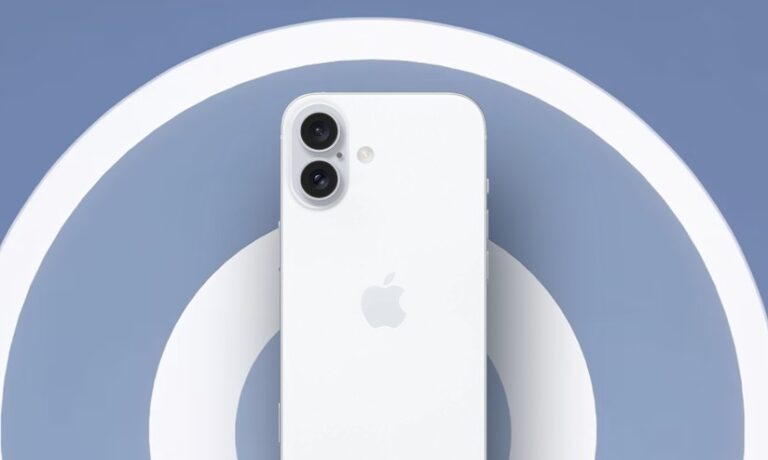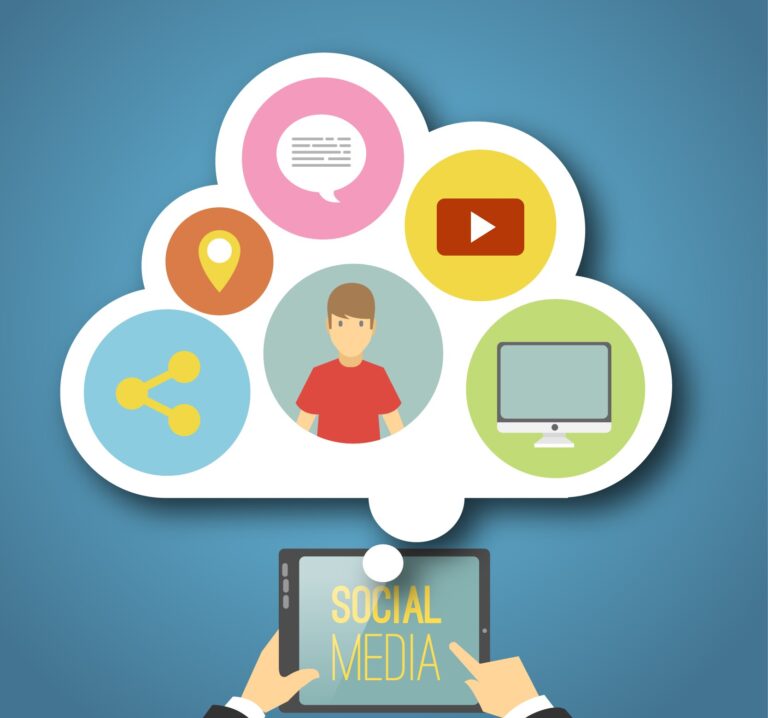The Future of Tech in Urban Planning
Urban planning is undergoing a profound transformation fueled by advancements in technology. As cities grow and evolve, technology plays a crucial role in shaping their future, addressing challenges, and enhancing livability. Let’s explore how technology is revolutionizing urban planning and what the future holds for our cities.
Smart Cities: Pioneering Urban Innovation
Smart cities are at the forefront of urban planning, leveraging technology to improve infrastructure, services, and quality of life for residents.
IoT and Data-Driven Insights
The Internet of Things (IoT) is connecting devices and systems across cities, collecting real-time data on everything from traffic patterns and air quality to energy consumption and waste management. This data provides valuable insights that urban planners can use to make informed decisions and optimize city operations. For example, sensors and smart meters help monitor water usage and detect leaks, promoting efficient resource management.
Sustainable Development
Technology enables sustainable urban development by promoting energy efficiency, reducing carbon emissions, and integrating renewable energy sources. Smart grids optimize energy distribution, while green building technologies enhance energy performance in construction. Urban planners are increasingly adopting sustainable practices and eco-friendly solutions to create resilient cities that minimize environmental impact and enhance quality of life.
Mobility and Transportation: Rethinking Urban Movement
Advancements in technology are revolutionizing how people move within cities, promoting efficient and sustainable transportation solutions.
Autonomous Vehicles (AVs)
Autonomous vehicles have the potential to transform urban mobility by reducing traffic congestion, improving safety, and enhancing accessibility. Companies like Waymo and Tesla are developing AV technologies that promise to revolutionize transportation systems. AVs can optimize traffic flow, reduce the need for parking spaces, and provide on-demand mobility solutions, reshaping urban landscapes and commuting patterns.
Mobility as a Service (MaaS)
Mobility as a Service platforms, such as Uber and Lyft, integrate various transportation options into seamless, user-friendly experiences. These platforms offer ride-sharing, public transit information, bike-sharing, and electric scooters through mobile apps. MaaS promotes multimodal transportation choices, reduces car ownership, and enhances connectivity within cities, catering to diverse mobility needs and preferences.
Digital Twin Technology: Simulating Urban Realities
Digital twin technology creates virtual replicas of physical cities, enabling urban planners to simulate scenarios, test solutions, and predict outcomes.
Urban Simulation and Planning
Digital twins model urban environments with accurate data on infrastructure, buildings, and demographics. Planners can visualize development projects, simulate traffic patterns, and assess environmental impacts before implementation. This predictive modeling enhances decision-making, improves project outcomes, and minimizes risks associated with urban development.
Citizen Engagement and Participation
Digital twins facilitate citizen engagement by providing interactive platforms where residents can contribute ideas, provide feedback, and participate in urban planning processes. Platforms like Cityzenith and Siemens’ City Performance Tool empower communities to collaborate with planners, prioritize initiatives, and co-create sustainable urban futures. Engaging citizens promotes transparency, inclusivity, and shared responsibility in shaping cities.
Resilient Cities: Adapting to Climate Change
In the face of climate change and natural disasters, technology enables cities to build resilience, mitigate risks, and protect vulnerable communities.
Climate Adaptation and Mitigation
Climate modeling and predictive analytics help cities anticipate extreme weather events, sea-level rise, and other climate impacts. Technologies like flood sensors, early warning systems, and resilient infrastructure enhance preparedness and response capabilities. Urban planners incorporate climate adaptation strategies into development plans to safeguard infrastructure, preserve natural resources, and promote sustainable growth.
Green Infrastructure and Urban Design
Green infrastructure solutions, such as green roofs, permeable pavements, and urban green spaces, mitigate urban heat islands, improve air quality, and enhance biodiversity. Advanced urban design principles prioritize walkability, cycling infrastructure, and mixed-use developments to reduce car dependency and promote healthier, more livable neighborhoods. Technology supports green building certifications and sustainable urban design standards, fostering environmentally friendly cities.
Collaboration and Innovation: Shaping Urban Futures
Collaboration between public sector agencies, private enterprises, academia, and communities drives innovation and fosters holistic approaches to urban planning.
Public-Private Partnerships (PPPs)
Public-private partnerships leverage expertise and resources from both sectors to fund and implement smart city projects. PPPs facilitate technology adoption, infrastructure investment, and service delivery improvements, accelerating urban transformation. Examples include smart street lighting initiatives, public Wi-Fi deployments, and shared data platforms that enhance urban connectivity and efficiency.
Innovation Hubs and Living Labs
Innovation hubs and living labs serve as testbeds for new technologies and urban solutions. Cities like Barcelona and Singapore host innovation districts where startups, researchers, and corporations collaborate on smart city initiatives. These living labs pilot innovations in energy management, digital infrastructure, and urban mobility, fostering creativity, entrepreneurship, and knowledge exchange.
Conclusion
The future of tech in urban planning is characterized by smart cities, sustainable development, mobility innovations, digital twins, resilient infrastructure, and collaborative partnerships. Technology is empowering cities to become more efficient, resilient, and inclusive, addressing urban challenges and improving quality of life for residents. By embracing technological advancements and fostering innovation, cities can navigate complex urban landscapes, create vibrant communities, and build a sustainable future for generations to come.
As urban populations grow and cities face unprecedented challenges, technology will continue to play a pivotal role in shaping our urban futures. By harnessing the power of technology, urban planners, policymakers, and communities can co-create cities that are smart, sustainable, and resilient—where innovation thrives and people thrive.






